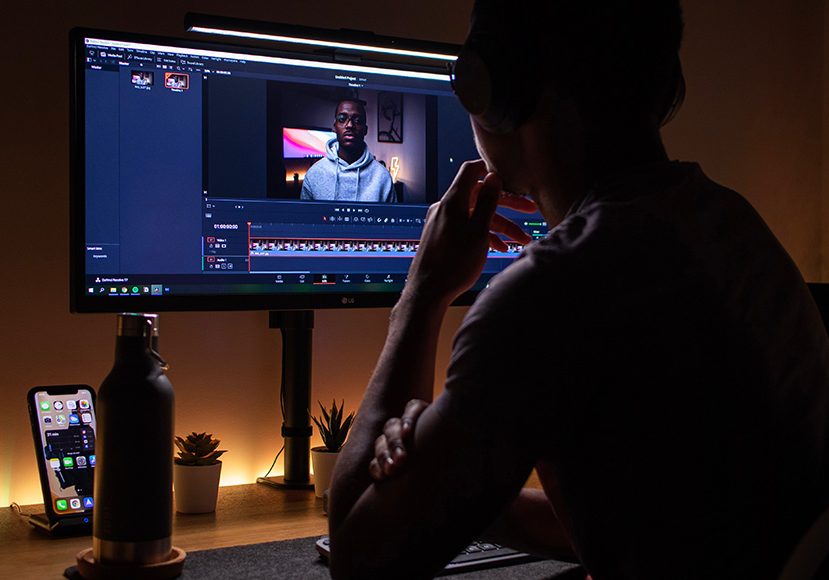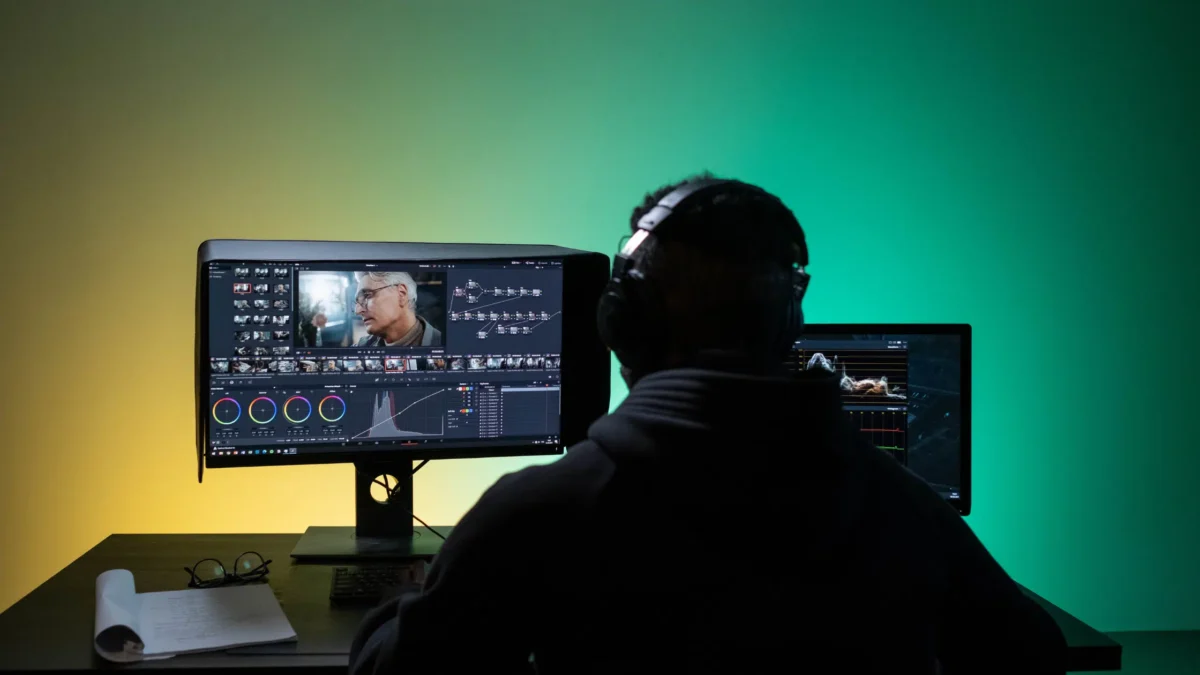Video Editing
Video Editing

Course Overview
The Video Editing course equips learners with the creative and technical skills needed to turn raw footage into captivating visual stories. This program introduces students to industry-standard editing tools, motion graphics, color correction, sound design, and storytelling techniques, helping them create professional-quality videos for film, television, social media, and digital marketing.
Course Objective
By the end of this course, learners will be able to:
Understand the fundamentals of video editing and storytelling.
Use editing software such as Adobe Premiere Pro, Final Cut Pro, or DaVinci Resolve.
Apply transitions, effects, and motion graphics to enhance video quality.
Perform color correction and grading for cinematic visuals.
Edit and sync audio, add voiceovers, and mix soundtracks.
Produce engaging videos for different platforms and audiences.
Build a professional showreel or portfolio for clients and employers.

Who Should Enroll?
This course is ideal for:
Beginners and aspiring video editors.
Content creators, vloggers, and YouTubers.
Social media managers and marketers.
Photographers and filmmakers expanding their skills.
Anyone interested in storytelling through visuals.
Course Modules
1. Introduction to Video Editing
Overview of video editing and its role in digital media
Understanding video formats, codecs, and file management
2. Editing Tools and Interface
Navigating editing software (Adobe Premiere Pro, DaVinci Resolve, etc.)
Importing and organizing footage
3. Editing Techniques
Cutting, trimming, and sequencing clips
Applying transitions and visual effects
4. Motion Graphics and Text
Creating titles, captions, and animations
Using keyframes and templates for dynamic effects
5. Color Correction and Grading
Adjusting brightness, contrast, and tone
Creating cinematic looks and color moods
6. Audio Editing and Sound Design
Synchronizing video and audio
Mixing music, dialogue, and sound effects
7. Storytelling and Pacing
Structuring a narrative through editing
Understanding timing, rhythm, and visual flow
8. Exporting and Delivering Projects
Rendering videos for different platforms and devices
Optimizing formats for YouTube, social media, and film
Learning Methods
Hands-on editing exercises and projects
Real-world footage editing
Interactive workshops and critiques
One-on-one mentoring sessions
Assessment & Certification
Project-based assessments and editing tasks
Final video production project
Portfolio review and presentation
Successful learners earn a Certificate in Video Editing
Career Opportunities
Graduates can work as:
Video Editors (Film, TV, or Online Media)
YouTube or Social Media Content Creators
Motion Graphics Artists
Videographers and Post-Production Specialists
Advertising and Marketing Video Producers
With experience, learners can grow into Cinematographers, Creative Directors, or Video Production Managers.
Duration & Requirements
Duration: 3 – 6 months (depending on program track)
Requirements: Basic computer knowledge, creativity, and access to a computer capable of running video editing software. No prior experience required.

